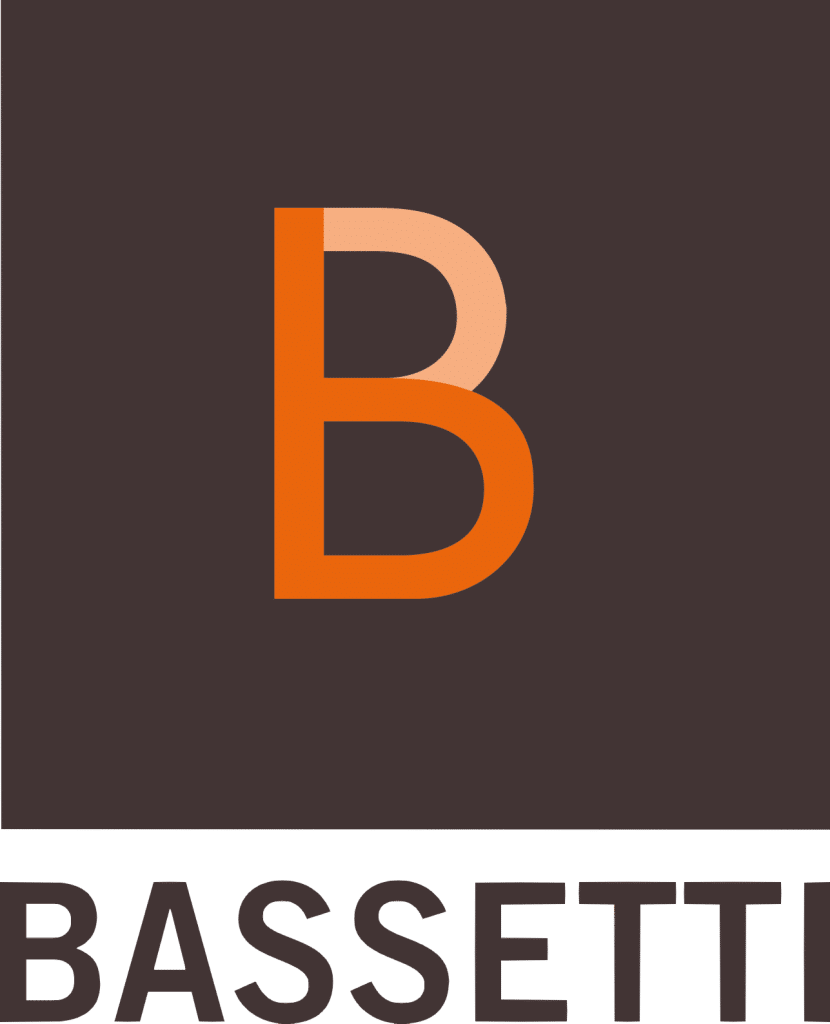TEEXMA for Quality
Non-conformities and improvement offer
Software for continuous improvement and cost reduction by eliminating the root causes of problems

Issues
When it comes to quality management systems in industry, non-conformity management and continuous improvement are key challenges. Non-conformities can have a significant impact on company performance and profitability, as well as on customer satisfaction and brand image.
Quality departments therefore play a major role in managing non-conformities. Their main challenge is to rapidly detect deviations from requirements, whether internal, regulatory or customer-specific, in order to limit the consequences for production and deliveries. The aim is not only to reduce the costs associated with non-quality, but also to guarantee compliance with current standards and maintain customer satisfaction, while continuously improving processes by identifying and eliminating the root causes of problems through corrective action plans.
TEEXMA for Quality: QMS software for continuous improvement.
Control quality, from compliance to performance.
TEEXMA for Quality is an end-to-end software package available in Cloud or On Premise. Dedicated to the identification and resolution of non-conformities, the software offers a tool for ISO 9001 compliance through complete traceability of quality actions and harmonization of methods and processes used within the organization.





